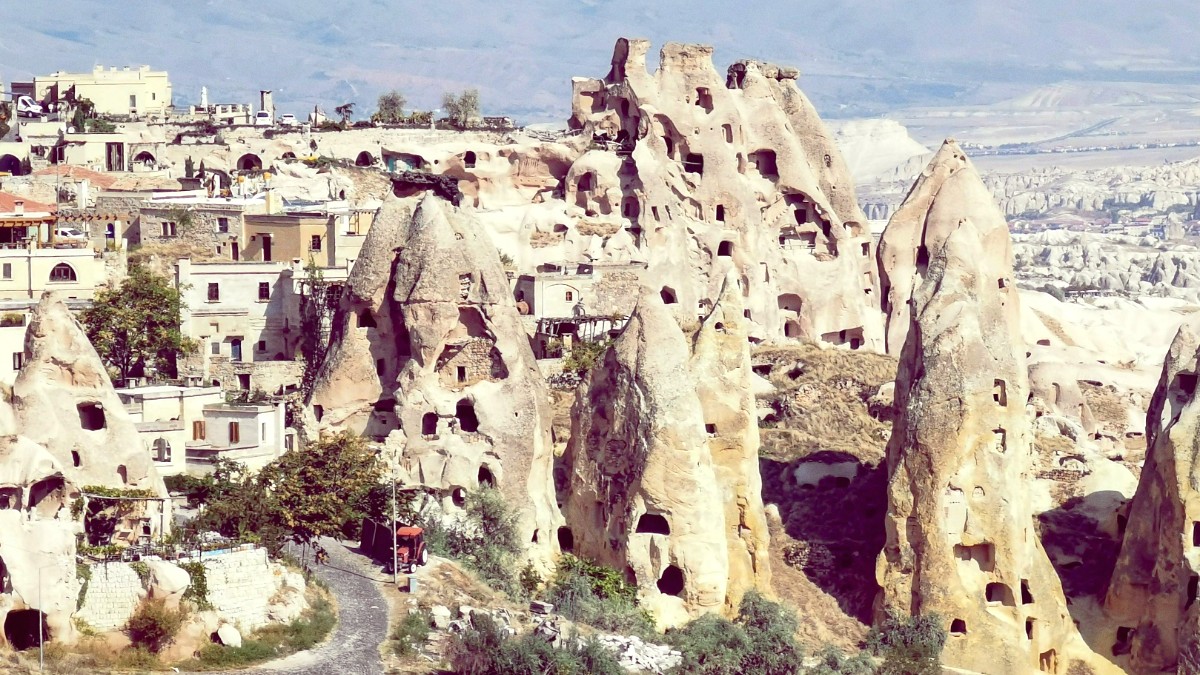
Central Anatolia, Turkey
Konya’s spirit of tolerance, inspired by Mevlana Rumi’s philosophy, shapes its interactions. The city embraces its role as a pilgrimage site and cultural center. This open-hearted approach presents an inviting destination. Visitors find a place where spiritual depth and everyday life intertwine. Meet friendly faces and experience genuine warmth.
The city’s atmosphere invites reflection. It moves at a calmer pace compared to larger Turkish metropolises. This makes for an appreciation of its historical sites and spiritual heritage.
Wander through ancient bazaars or sit quietly in a tea garden. Each moment offers a chance to connect with Konya’s unique rhythm. Plan to immerse yourself in this tranquil yet engaging environment.
Konya sits in the heart of Turkey’s Central Anatolia region. Its location on the vast Anatolian plateau shapes its climate and landscape. The city lies at an elevation of approximately 1,027 meters (3,369 feet) above sea level. Summers bring warmth and dry conditions, while winters feature cold temperatures and snow.
The flat plains surrounding Konya stretch for miles. They form Turkey’s “breadbasket,” due to extensive agricultural activity. Wheat fields dominate the landscape, reflecting the region’s importance in food production.
Konya is landlocked. Coastal activities like beaches or major sea-based excursions are not present.
The city lies at approximately 1,027 meters (3,369 feet) above sea level.
Fed by underground water sources, the basin supports productive agriculture despite the dry climate.
Turkey's third-largest lake, west of Konya, offers natural escapes for birdwatching.
Its central position makes it an accessible hub within Turkey, connecting to major cities.
Konya’s geographical position historically made it a crossroads. It served as a stop on the ancient Silk Road, connecting east and west. This strategic location contributed to its prosperity and cultural diversity throughout centuries.
Beyşehir Lake, Turkey’s third-largest lake, lies to the west of Konya. This freshwater lake presents a natural escape from the city, with opportunities for birdwatching and scenic views. Visitors can take a day trip to explore its shores.
Today, Konya's central position supports its role as an accessible hub within Turkey. High-speed rail lines connect it to major cities like Ankara and Istanbul, making travel efficient.
Distant mountains, part of the Taurus range, define the horizon to the south. These mountains influence local weather patterns, occasionally displaying a backdrop of snow-capped peaks even into late spring.
Konya’s history stretches back over 9,000 years, making it one of the world’s oldest continually inhabited cities. Its story began in the Neolithic period with settlements like Çatalhöyük. This UNESCO World Heritage site, located southeast of the city, provides compelling evidence of early human civilization. It shows a complex urban structure and sophisticated cultural practices from 7500 BC.
Later, various empires left their mark. The Hittites, Phrygians, Lydians, and Persians all held sway over the region. Under Roman rule, the city was known as Iconium. It gained importance as a stop on trade routes and saw the early spread of Christianity, with St. Paul visiting multiple times. The Byzantines succeeded the Romans, maintaining the city as a regional center.
Çatalhöyük, an UNESCO site, provides evidence of early human civilization from 7500 BC.
As Iconium, the city gained importance on trade routes and saw the early spread of Christianity.
Konya flourished as the Seljuk Sultanate of Rum's capital, a center of art and Islamic scholarship.
The Seljuk period marked Konya's true golden age, demonstrating artistic prowess and Islamic scholarship. This era also welcomed the rise of Mevlana Celaleddin Rumi, a figure whose spiritual teachings continue to resonate worldwide.
Konya, Turkey's seventh most populous city, is a calm atmosphere reflecting its conservative nature and Sufi traditions.
Its core identity revolves around the legacy of Mevlana Rumi. The Mevlana Museum serves as the city’s heart.
Beyond Mevlana Museum, Konya presents a wealth of Seljuk-era architecture like Alaaddin Mosque and Karatay Medrese.
Rumi’s mausoleum and former lodge; the city’s spiritual heart, with its distinctive turquoise dome.
An ancient mound at the city center featuring the oldest Seljuk structure and panoramic views.
Seljuk masterpieces displaying breathtaking tilework and stone carving, now functioning as museums.